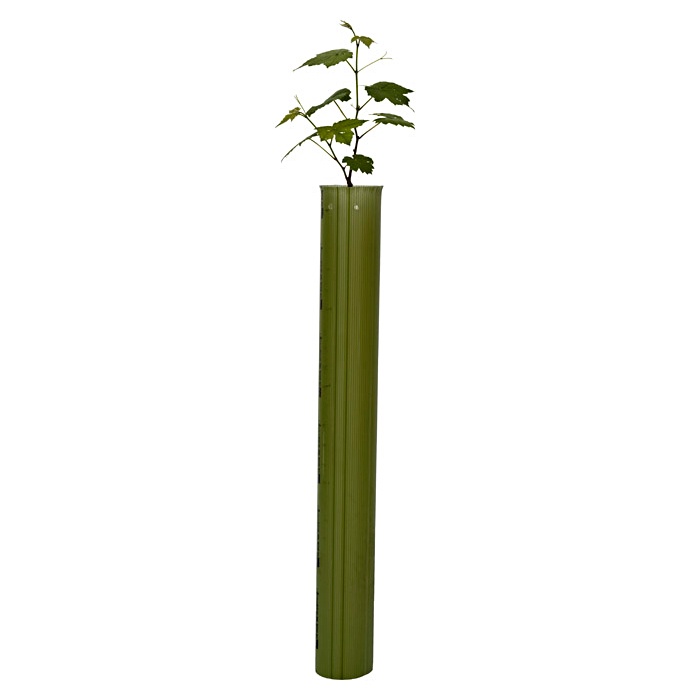Plant
Planting bare root or cell grown plants is a straightforward task, however, do not attempt to plant if the ground is frozen or waterlogged. Find a suitable position for your plants, bearing in mind future growth and potential height and spread at maturity.
Bare rooted or cell grown plants can be ‘notch’ planted in 3 steps:
1. Begin by inserting the blade of a spade into the ground. Push the spade handle away from you and then bring it back towards you. Once you remove the spade, you will see that you have created a cavity or ‘notch’ in the ground.
2. For bare root - place the plant roots within the cavity and shake to ensure that all of the roots are in the cavity and pointing downwards.
For cell grown – place the cell gently into the ground. Ensure the top of the plug (the soil surrounding the roots) is positioned at 2 to 4cm below the surface to avoid drying out.
3. Fill the cavity with soil. Use your heel to firm the soil around the plant to remove any air pockets. Once planted, give them a good water if practical to do so.
You are now ready to install your support and protection.
Support
1. After planting, position the cane or rod (if using) between the plant and the trellis wire, on the windward side if there are strong prevailing winds, and between 2cm to 5cm from the base of the plant.
2. Push or hammer the cane or rod into the ground with a mallet (ideally knocking 1/3 of its height into the ground). Ensure it is vertical (particularly important on sloping ground). The top of the cane or rod should be above the top rim of the Vine Original.
Protect
1. Position the Vine Original over both the plant and the cane/rod (Fig C), making sure not to damage any lateral branches.
2. Ensure the plant is central to the shelter then push the Vine Original into the ground 1cm to 2cm. This forms a safe herbicide barrier and deters vermin from burrowing under the shelter.
3. Thread a cable tie or twist wrap through the two holes in the top of the Vine Original and around the bottom trellis wire plus the cane/rod (if using). Tuck the end of the cable tie back into the hole to avoid animals nibbling.
Plan for removal and recycling of shelters at end of life once the tree is established. More information on recycling is available here.



